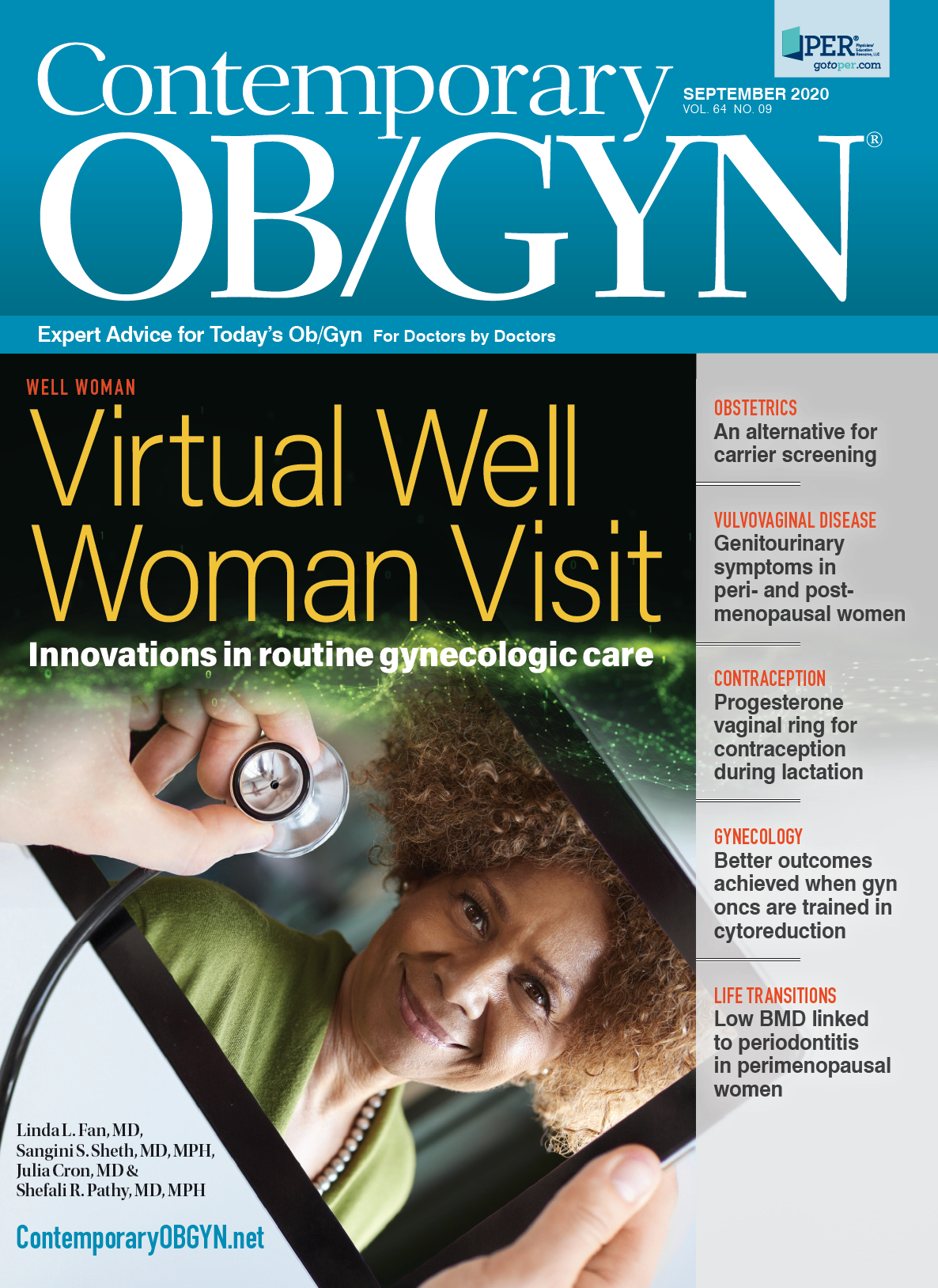Low BMD linked to periodontitis in perimenopausal women
A prospective study of generally healthy perimenopausal women has concluded that low bone mineral density (BMD) is significantly linked with periodontal disease in women over 58 years old, and independent of tobacco consumption or oral hygiene.
The study in the Journal of Periodontology recruited 173 women aged 45 to 72 (mean age 57.8 years) with good oral hygiene and a mean of 23 functional teeth from the Departments of Rheumatology and Endocrinology at Jaen General Hospital in southern Spain between 2016 and 2018.
Of the 173 women, 70 were healthy with normal BMD, whereas the remaining 103 women had decreased BMD (61 with osteoporosis and 42 with osteopenia). In addition, 22 women reported smoking between 1 and 20 cigarettes per day, of whom 12 had osteoporosis/osteopenia.1
More than 90% of women with osteoporosis/osteopenia were postmenopausal, which was the most frequent cause of low BMD.
Moderate or severe periodontitis was present in 52.6% of the study population. This prevalence is comparable to that in oral health surveys conducted in Spain.
“Theoretically, the general bone loss derived from osteoporosis would also involve jawbones, favoring the bone loss observed in periodontitis and increasing the risk of tooth loss,” wrote the authors.
The authors also noted that osteoporosis and periodontitis have common risk factors, including age, genetics, hormonal changes, smoking habits, corticosteroid treatment, and low serum calcium and vitamin D levels.
To assess the severity of periodontal disease, the percentage of sites with a clinical attachment level (CAL) ≥ 4 mm and ≥ 6 mm was recorded.
Age was a modifiable variable for the association between osteoporosis and periodontitis: women older than 58 years with low BMD had a higher mean percentage of sites with CAL ≥ 4 mm, as well as more severe cases (CAL ≥ 6 mm), compared with controls. These findings were independent of tobacco consumption, oral hygiene or serum levels of 25-OH vitamin D or calcium.
For CAL ≥ 4 mm, the probability of having osteopenia/osteoporosis was 27.40% more likely (95% confidence interval [CI]: 12.19 to 42.61) for each unit of increase (mm) in clinical attachment loss.
In cases of CAL ≥ 6 mm, the probability increased by 13.62% (CI 95%: 1.49 to 25.75) for each unit of increase.
These associations were detected when osteoporosis and osteopenia were analyzed independently, although a significant connection was not seen between osteopenia and severe cases of periodontitis.
Significant differences in study results were not found in women under age 58 years.
“Findings such as ours imply that postmenopausal women, facing estrogen-related loss of bone density, may challenge clinicians to properly diagnose and correctly assess the risk for periodontitis,” wrote the authors.
“It is of vital importance that physicians and nurses caring for women with decreased BMD refer their patients to dentists for appropriate diagnosis and treatment. This multidisciplinary approach will further unite the medical and dental efforts to achieve overall patient wellness.”
The authors said longitudinal studies, larger sample sizes, and trials evaluating the effect of medication for osteoporosis on CAL would lend scientific credence to the findings of the current study.
___
Reference
- Gil-Montoya JA, Garrido-Martinez M, Barrios-Rodriguez R, et al. Association between low bone mineral density and periodontitis in generally healthy perimenopausal women. J Periodontol. Published online July 27, 2020. doi:10.1002/JPER.20-0029]

